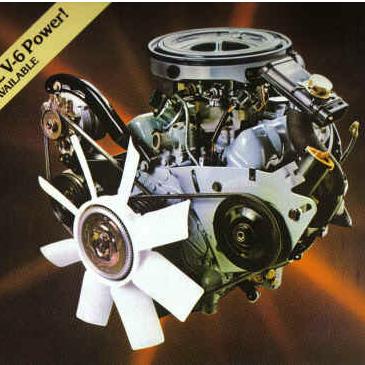'84 Bronco II
New Member
- Joined
- Jan 12, 2009
- Messages
- 37
- Reaction score
- 1
- Points
- 0
- Transmission
- Automatic
I am not sure what you think I should have been checking for by turning the engine. I had to rotate the crank to set the valve lash and I never noticed anything abnormal. I still don't understand how I could have gotten the cam timing off? The crank and cam are each keyed to their respective gears and have timing marks that line up. There really is not a way you can install them improperly without misaligning the timing marks.
After reading about carburetor tuning for the last couple of hours, I think I will take another look at the carburetor and see if I can improve on anything.
Also, I talked to my father and he brought up distributor advance and timing curves. I don't really know much about that, so I will be doing some reading. If anyone wants to chime in on distributors, feel free.
After reading about carburetor tuning for the last couple of hours, I think I will take another look at the carburetor and see if I can improve on anything.
Also, I talked to my father and he brought up distributor advance and timing curves. I don't really know much about that, so I will be doing some reading. If anyone wants to chime in on distributors, feel free.
















